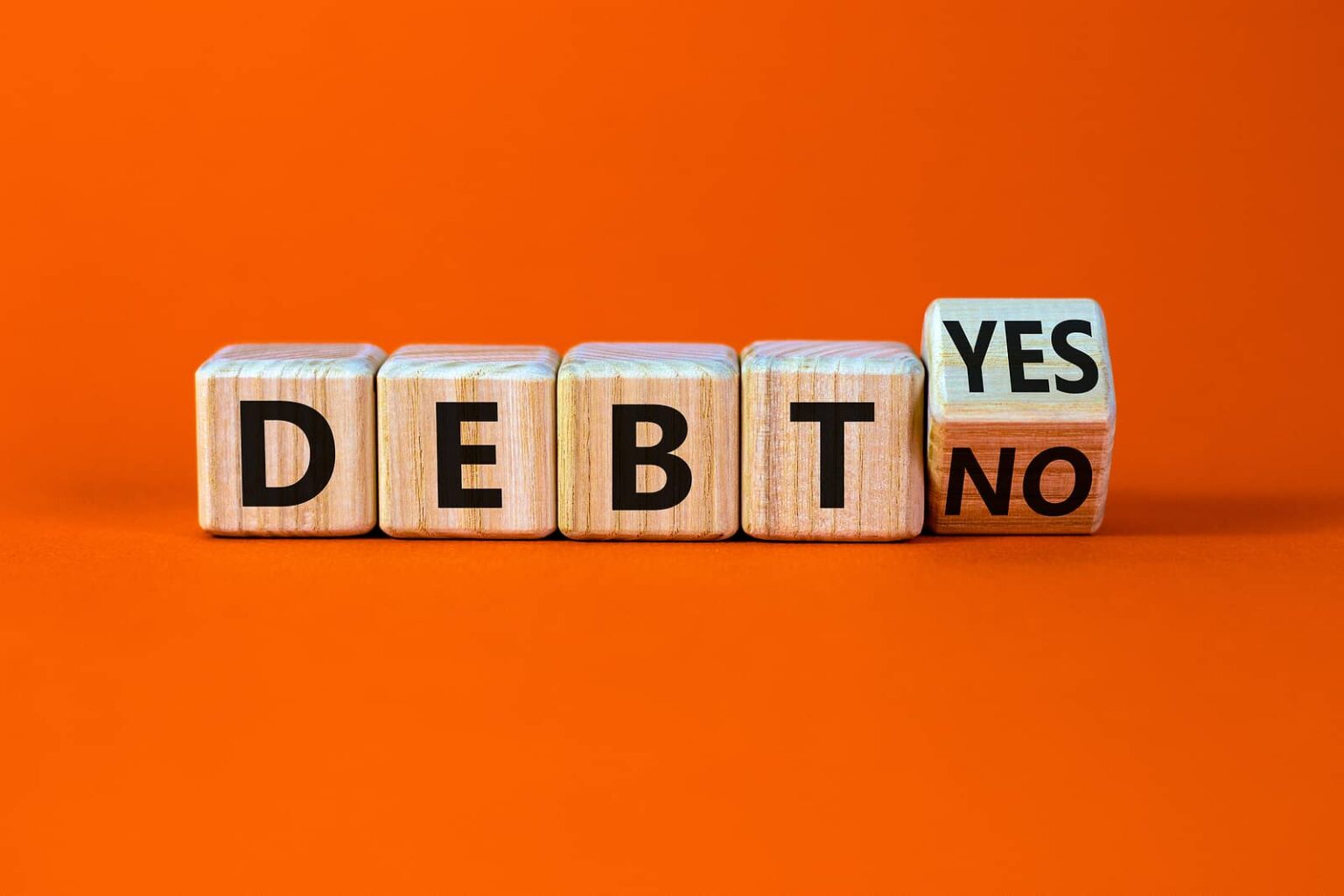Debt. It’s a topic that stirs up a whirlwind of emotions, leaving us wondering about its potential as a stepping stone to financial success or a ball and chain dragging us down. But don’t worry, in this article, we will be diving headfirst into the captivating world of “good” and “bad” debt. We’re going to explore the diverse characteristics that set good debt apart from its negative counterpart. Understanding the distinction between the two is important as it holds the key to unlocking the doors of wisdom and making these important financial decisions.
What is the difference between good and bad debt?
When it comes to debt, not all types are created equal. Good debt and bad debt differ primarily in their potential to enhance your financial well-being. When we talk about good debt, we’re referring to those financial obligations that have the potential to yield long-term benefits or generate income in the future. These debts can be seen as strategic investments in oneself or one’s future prospects. Such examples include a mortgage, student loans or a small business loan.
On the flip side, bad debt encompasses those obligations that are incurred for non-essential items or assets that depreciate in value over time. Picture the allure of using a credit card to indulge in excessive shopping sprees. While it may provide instant gratification, this accumulation of credit card debt falls into the category of bad debt. Another example is taking out a loan to finance a luxury car—a depreciating asset that loses value as soon as it leaves the dealership. These types of debts drain financial resources without offering any long-term benefits or income-generating potential.
The crucial distinction between good and bad debt lies in the potential return on investment. Good debt holds the promise of increasing one’s net worth over time, while bad debt can act as a financial burden, impeding progress toward achieving one’s financial goals. By recognizing this difference, individuals can make informed decisions when it comes to taking on debt and prioritising investments that have the potential to enhance their financial well-being.
In essence, understanding the disparity between good and bad debt empowers individuals to make prudent financial choices. By carefully evaluating the potential returns and considering the long-term implications of debt, one can navigate the financial landscape with confidence, harnessing the power of good debt to build a brighter financial future.
How does good debt improve your financial situation?
As mentioned earlier, good debt can be a strategic investment that can improve your financial future. But keep in mind, one of the key advantages of good debt lies in its impact on credit scores. Responsible management of good debt can bolster your creditworthiness, opening doors to favourable lending terms and opportunities in the future. However, it is essential to exercise caution and thoroughly evaluate the potential benefits and drawbacks before taking on any debt, as not all debt is automatically considered good.
What are some examples of good debt?
Good debt encompasses financial obligations that are undertaken for long-term investments, holding the promise of future returns. There are various examples of good debt that are commonly recognized as wise financial choices. Firstly, mortgages for purchasing a home fall under the category of good debt, as real estate has the potential to appreciate over time, building equity and stability. Secondly, student loans for education can be seen as an investment in one’s future earning potential and career advancement. Another example would be, small business loans as they offer entrepreneurs the opportunity to start or expand their ventures, with the expectation of generating profits in the long run. However, it is crucial to carefully evaluate the potential return on investment before taking on any debt, ensuring that the benefits outweigh the costs.
How to Manage Bad Debt with Private Lenders
When tackling the daunting task of managing bad debt, private lenders can help. They offer alternative solutions with flexibility and reduced interest rates. Unlike traditional institutions, private lenders consider assets and collateral, not solely relying on credit history. This opens doors for individuals with poor or no credit to obtain loans and address their bad debt situation. However, choosing the right private lender is crucial. Research, compare interest rates, repayment plans, and customer reviews. Additionally, negotiation, financial counselling, and effective budgeting strategies can further aid in managing and overcoming bad debt.
Key Takeaways
- Good debt is the kind of debt that opens doors to long-term benefits and even brings in additional income. On the flip side, bad debt emerges from those unnecessary splurges or financing things that lose their value fast.
- Good debt can provide financial stability, as it paves the way to increased income, greener pastures, and a sparkling credit score that opens doors to future lending dreams. Bad debt is a pesky troublemaker, hindering your financial progress and sabotaging your financial goals.
- Examples of good debt include a mortgage loan that brings you the keys to your dream home, student loans that fuel your educational journey, or small business loans that set the stage for entrepreneurial success.
- Private lenders can offer alternative options for managing bad debt, with flexible repayment plans and reduced interest rates.
- Effective management of debt involves careful evaluation, negotiation with creditors, seeking counselling, budgeting, and choosing the right private lender.
By understanding the difference between good and bad debt and implementing effective strategies, you can make informed financial decisions and work towards a more secure future. If you’re looking for a mortgage-related debt solution, feel free to contact us at Mortgage Broker Store; call (416)-499-2122 or email us at ron@mortgagebrokerstore.com.



